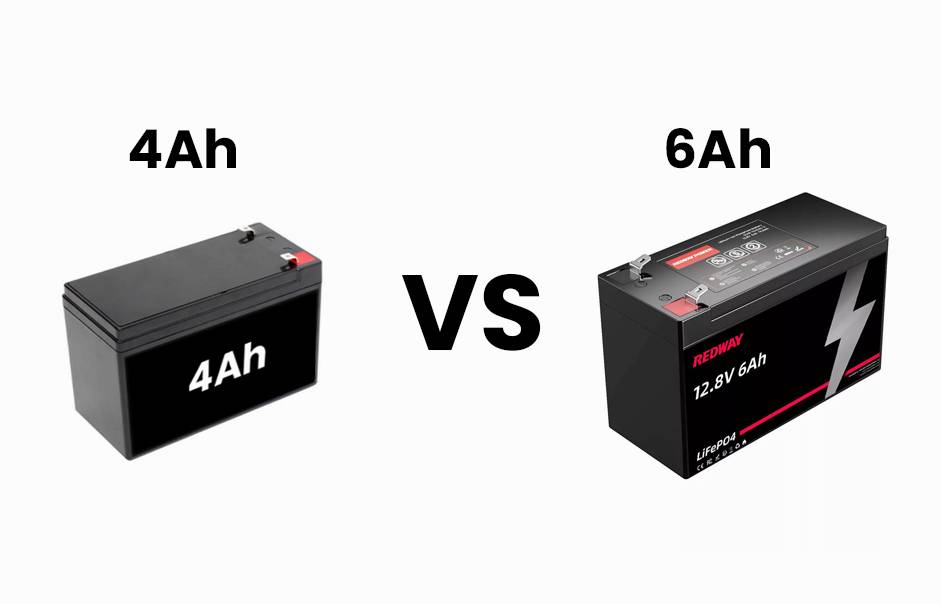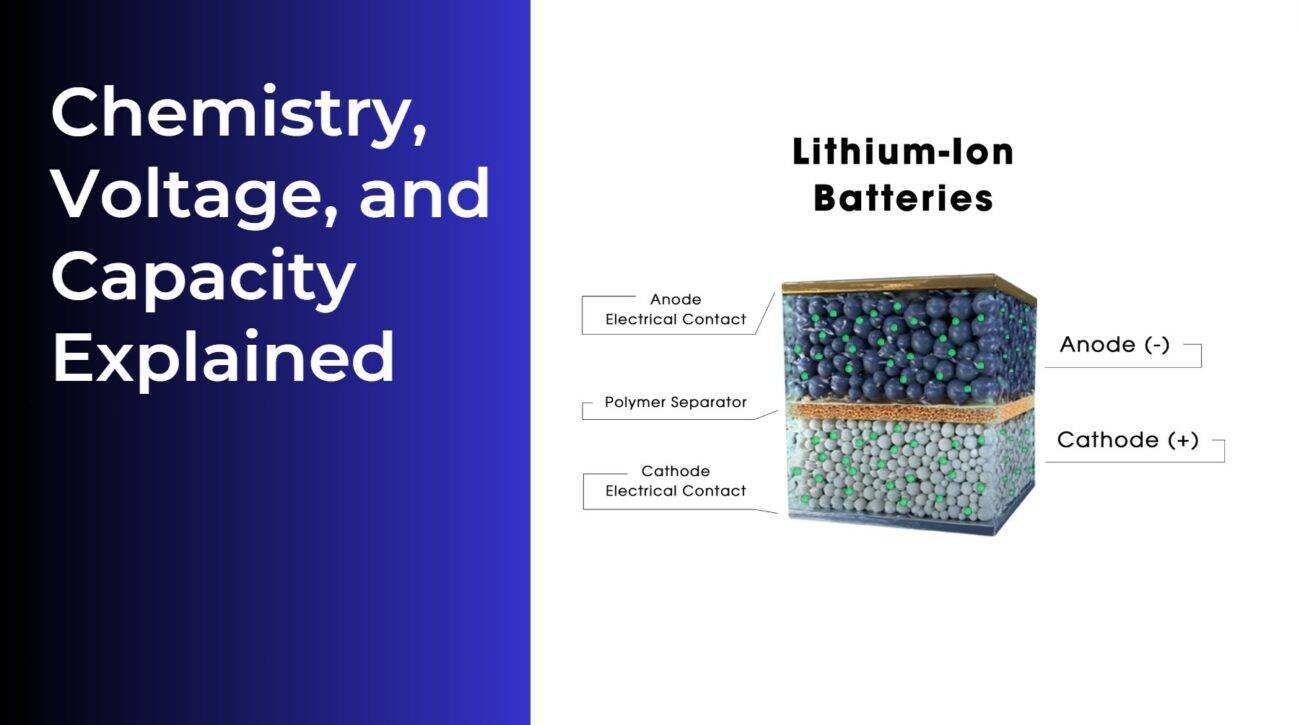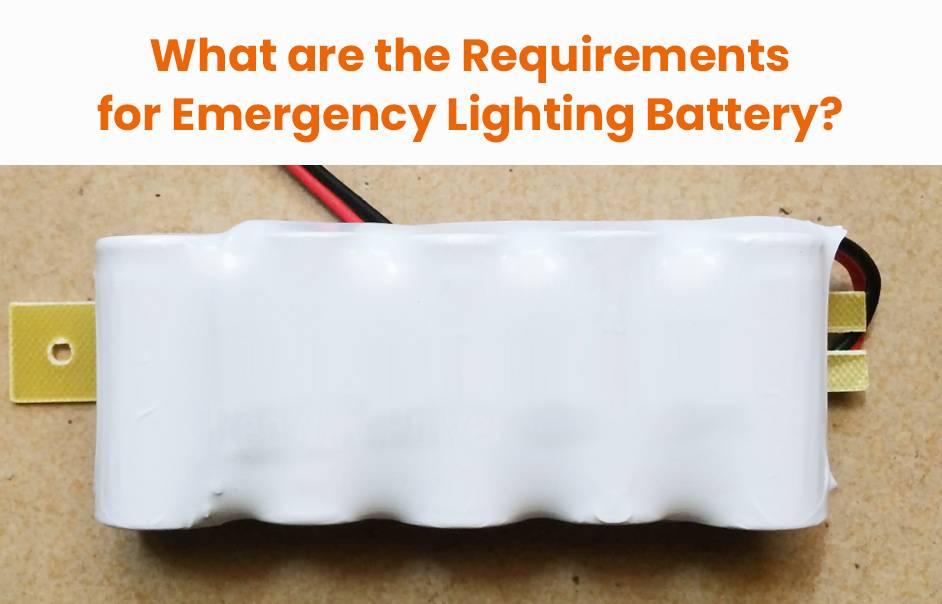The capacity of a 6Ah battery is 50% higher than that of a 4Ah battery. This means that the 6Ah battery can provide a longer use time compared to the 4Ah battery under the same discharge conditions. In this blog post, we will explore the differences between 4Ah and 6Ah batteries and determine if a higher Ah rating truly means better performance. So, let’s dive in and unravel the mystery behind these numbers!
Understanding Ampere-Hour (Ah) Rating
An ampere-hour (Ah) rating represents a battery’s energy capacity. It combines the amount of current with the time taken for the battery to completely discharge. For example, 1 ampere of current flowing for one hour represents an ampere-hour. The ampere-hour rating displayed on the battery indicates the amount of charge transferred during the discharge.
-
Definition of ampere-hour: An ampere-hour represents the combination of current and time taken for a battery to completely discharge. It indicates the battery’s energy capacity.
-
Calculation: Ampere-hour is calculated by multiplying the current flow in amperes by the time in hours. For example, 5 amperes of current flowing for 10 hours equals 50 ampere-hours.
-
Significance: The ampere-hour rating displayed on the battery provides valuable information about its energy capacity and helps consumers choose the right battery for their needs.
Ampere-hour (Ah) rating is a crucial factor to consider when selecting a battery. It represents the battery’s energy capacity and helps determine its suitability for specific applications. Understanding the ampere-hour rating helps consumers make informed decisions about battery selection.
Benefits of a Higher Ah Battery
Benefits of a Higher Ah Battery: A higher Ah battery provides greater storage capacity, allowing it to power devices for a longer duration. A 7Ah battery can run a device that requires 30 watts for a longer time compared to a 6Ah battery.
A higher Ah battery offers advantages in terms of storage capacity and runtime. Let’s explore the benefits of choosing a higher Ah battery.
-
Greater storage capacity: A higher Ah battery provides more storage capacity, allowing it to hold a larger charge and deliver power for a longer duration.
-
Extended runtime: With its increased storage capacity, a higher Ah battery can power devices for a longer time. This is especially beneficial in applications that require continuous or extended use.
-
Versatility: Higher Ah batteries are suitable for high-power devices or applications that demand more energy. They provide ample power reserves, ensuring reliable performance.
Opting for a higher Ah battery offers benefits such as extended runtime and increased storage capacity. Whether for high-power devices or applications requiring long-lasting power, a higher Ah battery provides the versatility and reliability needed.
Drawbacks of a Higher Ah Battery
Higher Ah batteries have a few drawbacks to consider. They tend to be more expensive and heavier compared to lower Ah batteries. Additionally, higher Ah batteries may require longer charging times due to their larger capacity.
-
Increased cost: Higher Ah batteries are generally more expensive compared to lower Ah batteries. The larger the Ah rating, the higher the cost.
-
Increased weight: Higher Ah batteries tend to be heavier due to their larger capacity. This can be a drawback, especially for portable devices or applications where weight is a concern.
-
Longer charging times: Higher Ah batteries may require longer charging times due to their larger capacity. It’s important to consider the charging time when using higher Ah batteries.
While higher Ah batteries have their benefits, such as increased capacity, they also have drawbacks. These include higher cost, increased weight, and longer charging times. It’s important to consider these factors when deciding on the appropriate Ah rating for your specific needs.
When to Choose 4Ah Battery over 6Ah Battery?
A 4Ah battery is more suitable for occasional use due to its compact size, lightweight, and affordability. It is ideal for applications that require moderate power. On the other hand, a 6Ah battery offers a higher capacity, providing longer runtime and more power for demanding applications that require continuous or extended use.
-
Occasional use: A 4Ah battery is a suitable choice for occasional use due to its compact size, lightweight, and affordability. It provides sufficient power for applications that require moderate usage.
-
Higher capacity: A 6Ah battery offers a higher capacity, providing longer runtime and more power. It is ideal for demanding applications that require continuous or extended use, such as power tools or high-drain devices.
-
Consideration of usage: When choosing between a 4Ah and 6Ah battery, it’s important to consider the frequency and intensity of usage. Assessing the specific power requirements of the application will help determine the most appropriate battery option.
The decision to choose a 4Ah or 6Ah battery depends on the specific usage requirements. While a 4Ah battery is suitable for occasional use, a 6Ah battery offers higher capacity and is better suited for demanding applications. Evaluating the power needs of the application will guide the selection process.
Factors to Consider Before Choosing a Battery
Capacity, voltage, and safety are crucial factors to consider when selecting a battery. The capacity determines the energy storage capability, the voltage should match the device requirements, and safety considerations are essential for reliable operation.
-
Capacity: The capacity of the battery determines how much energy it can store. It is important to choose a battery with sufficient capacity to meet the power requirements of your device or system.
-
Voltage: The voltage of the battery should match the voltage requirements of the device or system. Using a battery with the correct voltage ensures compatibility and optimal performance.
-
Safety: Safety considerations are crucial when selecting a battery. It’s important to choose a battery that meets safety standards and has built-in protection mechanisms to prevent overheating, overcharging, and other potential hazards.
Ending: Considering factors such as capacity, voltage, and safety is essential when choosing a battery. By selecting a battery that meets your specific requirements, you can ensure reliable performance and optimal power supply for your devices or systems.
Real-life Applications and Examples
1. Power Tools: Whether you’re a professional contractor or a DIY enthusiast, power tools are an essential part of any project. A higher Ah battery can provide longer runtimes for tools like drills, saws, and sanders. This means less downtime spent charging batteries and more time getting the job done.
2. Electric Vehicles: As the popularity of electric vehicles (EVs) continues to rise, so does the demand for high-capacity batteries. A higher Ah rating allows EVs to travel further distances on a single charge, making them more practical for everyday use.
3. Solar Power Systems: Solar panels harness energy from the sun and store it in batteries for later use. In off-grid applications where there is no access to traditional power sources, such as remote cabins or RVs, higher Ah batteries are crucial for storing sufficient energy to meet daily needs.
4. Emergency Backup Power: When unexpected power outages occur due to severe weather events or other emergencies, having a reliable backup power source is crucial. Higher Ah batteries provide extended runtime during these situations, ensuring that essential devices like medical equipment or communication systems stay powered up.
5. Lawn Care Equipment: Battery-powered lawn mowers and trimmers offer eco-friendly alternatives to gas-powered counterparts without sacrificing performance. With a higher Ah battery capacity, you can tackle larger lawns without interruptions caused by frequent recharging.
Remember that while opting for a higher Ah battery may seem tempting in many scenarios due to its benefits mentioned above; it’s important always to consider your specific needs and limitations before making a decision!
Conclusion
Choosing between a 4Ah and 6Ah battery hinges on specific needs. While the higher Ah rating offers more power and runtime, it comes with added weight and size. Consider factors like application, portability, and budget. For lighter tasks, a 4Ah battery suffices; for heavy-duty projects, opt for 6Ah. Assessing necessity against cost-effectiveness is key. Understand each battery’s capabilities and consider brand reputation and reviews. Align the Ampere-Hour rating with your requirements for optimal performance. Careful evaluation ensures the right choice between the two options, whether it’s a 4Ah or 6Ah battery.
FAQs
How do voltage ratings affect battery performance?
Voltage ratings play a crucial role in battery performance. Higher voltage batteries can provide more power, enabling devices to operate for extended periods. The voltage rating of a battery determines the minimum voltage required for proper device functionality. It’s essential to use a battery with the correct voltage rating to ensure optimal performance. However, using a battery with a higher voltage than the device’s requirement can potentially cause damage.
- Voltage ratings significantly impact battery performance.
- Higher voltage batteries deliver more power and enable longer device operation.
- The voltage rating determines the minimum voltage required for proper device functionality.
- Using a battery with the correct voltage rating is crucial for optimal performance.
- Using a battery with a higher voltage than required can potentially damage the device.
How does the amp hour rating relate to battery capacity?
The amp hour (Ah) rating is a measure of a battery’s energy capacity. It tells us how much current a battery can provide at a specific rate for a certain period, typically one hour. For example, a fully-charged 5 Ah battery can deliver a current of five amps for one hour. The amp hour rating is directly related to the battery’s capacity, indicating its ability to power devices for longer durations.
- The amp hour (Ah) rating reflects a battery’s energy capacity.
- It indicates how much current the battery can deliver over a specific period, usually one hour.
- A higher amp hour rating generally means a larger battery capacity.
- For example, a 5 Ah battery can provide a current of five amps for one hour.
- The amp hour rating directly relates to the battery’s ability to power devices for longer durations.
What do amp hours tell you about a battery?
Amp hours (Ah) are a measure of how long a battery can provide one ampere of power per hour. It tells us about the battery’s general capacity and its ability to sustain a specific current flow. For example, a battery with a rating of 10 Ah can deliver a continuous current of 10 amps for one hour. Amp hours provide valuable information about a battery’s capacity and runtime.
- Amp hours (Ah) measure how long a battery can supply one ampere of power per hour.
- It indicates the battery’s general capacity and its ability to sustain a specific current flow.
- A higher amp hour rating generally means a larger battery capacity.
- For example, a 10 Ah battery can deliver a continuous current of 10 amps for one hour.
- Amp hours provide valuable information about a battery’s capacity and runtime.
More FAQs
Is it worth the additional cost to invest in a higher Ah battery for a golf cart?
Yes, higher Ah batteries provide longer runtime and better performance, which can justify the higher initial cost if you need extended range or frequent use.
What are the long-term cost savings of using a higher Ah lithium battery in a golf cart?
Lithium batteries often have longer lifespans and lower maintenance costs compared to lead-acid batteries, leading to long-term savings despite the higher upfront investment.
What factors should be considered when selecting a battery for a golf cart?
Consider battery type (lead-acid vs. lithium), capacity (Ah), voltage (e.g., 48V), weight, size, cost, and compatibility with your golf cart’s charging system.
How does the size and weight of a 48V 150Ah battery affect its suitability for golf carts?
A 48V 150Ah battery is larger and heavier but offers extended range and higher power. Ensure your cart can accommodate its size and weight without affecting performance or safety.
What are the specific features and benefits of a 48V 150Ah golf cart battery?
A 48V 150Ah battery provides a longer range, improved performance, and potentially faster charging, along with a longer lifespan compared to batteries with lower capacity.
How does the price of a 48V 150Ah battery compare to traditional lead-acid batteries?
A 48V 150Ah lithium battery is more expensive upfront than traditional lead-acid batteries but offers greater efficiency, longer lifespan, and lower maintenance costs.
Is it worth converting a golf cart to lithium batteries?
Converting to lithium batteries can be worthwhile due to their longer lifespan, reduced weight, and better performance, which can lead to lower long-term maintenance and operational costs.
What is the charging time for a 48V 150Ah golf cart battery?
Charging time for a 48V 150Ah lithium battery typically ranges from 2 to 4 hours, depending on the charger’s power and the battery’s current state of charge.
Are 12V 100Ah LiFePO4 batteries for $300 too good to be true?
At $300, a 12V 100Ah LiFePO4 battery is competitively priced, but it’s important to verify the quality and warranty to ensure it meets performance and safety standards.
How does a higher Ah battery affect the range of a golf cart?
A higher Ah battery increases the golf cart’s range by storing more energy, allowing for longer rides between charges compared to batteries with lower Ah.














